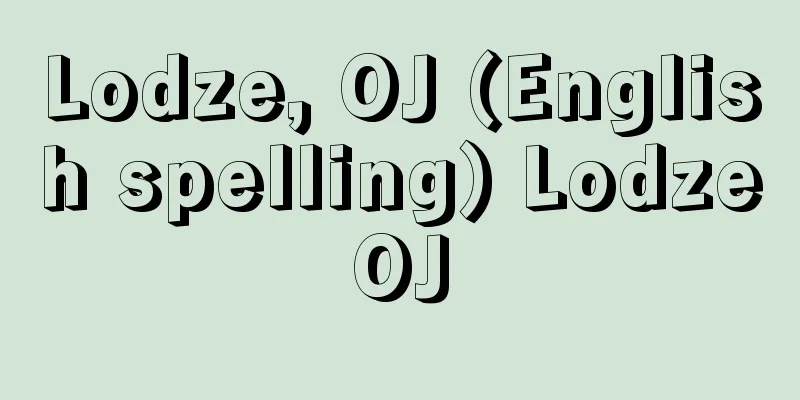Financial Emergency Measures Order

|
On February 17, 1946, the moratorium legislation was enacted as an emergency measure to prevent postwar inflation in the economic crisis. It blocked all deposits and other debts of financial institutions, and prohibited their payment in principle. At the same time, the government also issued the Bank of Japan Note Deposit Order, issued new yen, and took measures to stabilize the currency. As a result, the Bank of Japan note issuance, which was 60 billion yen at the time, rapidly decreased, and inflation was temporarily halted. → Related items Lending regulations Source : Heibonsha Encyclopedia About MyPedia Information |
|
1946年2月17日,戦後インフレ阻止の経済危機緊急対策として公布されたモラトリアム立法。預金その他の金融機関の債務を一切封鎖し,その支払いを原則として禁止。政府は同時に日銀券預入令も公布して,新円を発行,通貨安定を策し,これらによって当時600億円にものぼった日銀券発行高は急速に縮小し,インフレ進行は一時的に小康を保った。 →関連項目融資準則 出典 株式会社平凡社百科事典マイペディアについて 情報 |
<<: Financial Debentures - Kinyusai
>>: Financial institution - English
Recommend
Personnel Committee - Personnel Committee
An independent administrative commission on perso...
time
The Japanese name for thyme is tachiyakousou. As i...
Basic Marriage and Family Law - Kihonkekkonkazokuho
In socialist countries, the family was valued as ...
(■1) Clamps - Silver scissors
...3.45 sun in length. (e) Pincers: These are twe...
Modern French-Belgian School
…His famous pupil was Beautemps. The lineage of o...
Aamma - Aamma
…However, while these nomads coexisted with rural...
Playhouse - Gidai
In China, the stage of a theater. During the Tang ...
Hiyoshi Festival - Hiematsuri
This festival is held mainly on April 14th at Hiyo...
Comptoniphyllum
...This is thought to be related to the climate c...
Oirats - Oirats (English spelling)
A Mongolian ethnic group found in the Russian Fed...
Kintetsu Buffaloes
…This organization, together with the Central Lea...
Storehouse construction - Dozo-zukuri
This refers to a construction style in which the ...
Yield Point - Koufukuten
The point where deformation begins when stress ex...
Obihiro Veterinary School
...Kawanishi and Taisho are agricultural areas, p...
Crocus chrysanthus (English spelling) Crocuschrysanthus
…[Hiroshi Aramata]. … *Some of the terminology th...









